Solar inverters are typically designed to work with batteries to store the energy generated from solar panels. However, it is possible to use a solar inverter without a battery. Here's how:
Determine the type of solar inverter: Not all solar inverters are designed to work without batteries. Check the specifications of your inverter to see if it can operate in this mode.
Connect the solar panels: Connect the solar panels to the inverter. The inverter will convert the DC power generated by the panels into AC power that can be used to power your home or business.
Use the power generated: You can use the power generated by the solar panels immediately. If the solar panels are generating more power than you need, the excess power will be exported to the grid or wasted.
Monitor the system: Without batteries, you won't have a backup power source when the sun isn't shining. It's important to monitor the system to ensure that you're not drawing more power than the solar panels are generating.
It's worth noting that using a solar inverter without batteries means that you won't have backup power during power outages or at night when the sun isn't shining. However, it can still be a cost-effective and environmentally friendly way to generate electricity.
A solar converter, often referred to as a solar inverter without battery, is a critical component in a solar power system. Its primary function is to convert the direct current (DC) electricity generated by solar panels into alternating current (AC) electricity, which is the standard form of electricity used by most household appliances and the electrical grid.
There are several types of solar inverters without battery:
String Inverters: These are the most common type of solar inverters. They connect a series of solar panels (a string) to a single inverter. The inverter then converts the DC electricity from the entire string into AC electricity.
Microinverters: These are smaller inverters that are installed on each individual solar panel. They convert DC to AC at the panel level, which can improve the overall efficiency of the system, especially in cases where panels might be shaded or oriented in different directions.
Power Optimizers: These devices are used in conjunction with a central inverter. They are installed at the panel level and optimize the DC output of each panel before sending it to the central inverter for conversion to AC.
Hybrid Solar Inverters: These inverters can manage inputs from both solar panels and battery storage systems. They are useful in systems that include energy storage, allowing for better management of energy use and storage.
Central Inverters: These are used in large-scale solar installations, such as solar farms. They are similar to string inverters but are designed to handle much larger amounts of power.
In addition to converting DC to AC, modern solar inverters often include features such as system monitoring, grid management capabilities, and safety mechanisms to protect both the solar power system and the electrical grid.
| Anern Hybrid Solar Inverter | |
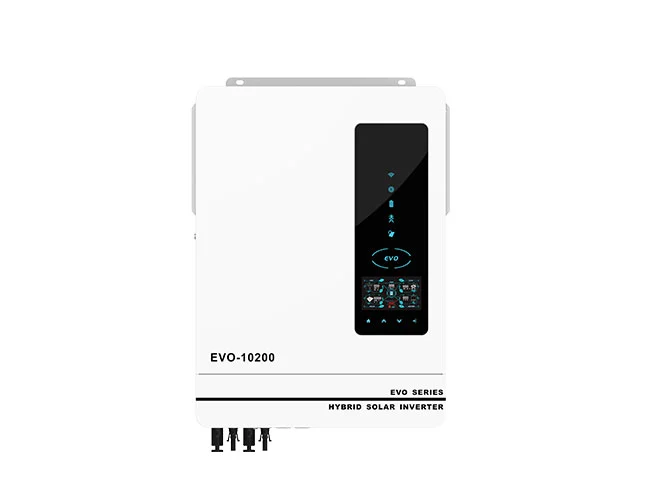 | 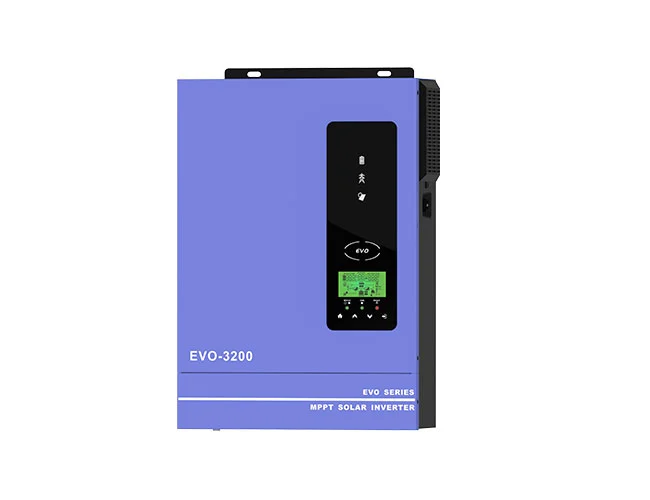 |
| Off Grid Solar Inverter 10KW 8KW 7KW | 3KW 2KW Inverter Solar |
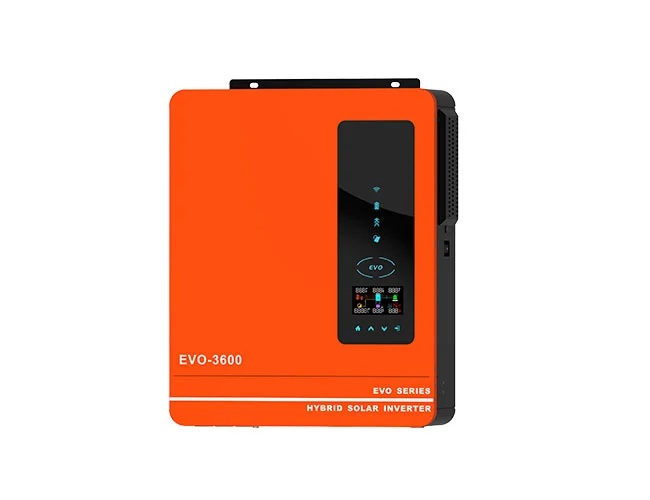 |  |
| Anern 4.2KW Inverter | Anern Hybrid Inverter 48V |
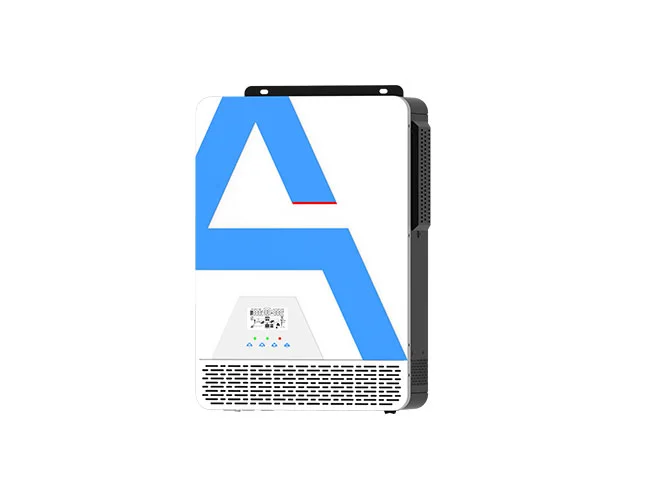 | 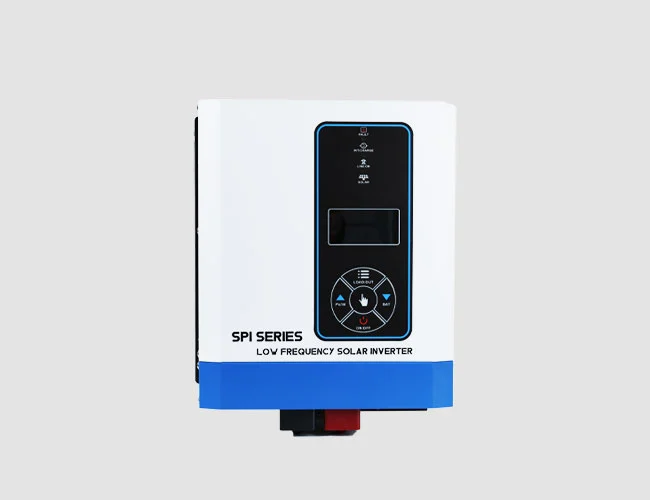 |
| Pure Sine Wave Off Grid Inverter | Split Phase Off Grid Inverter |
 | 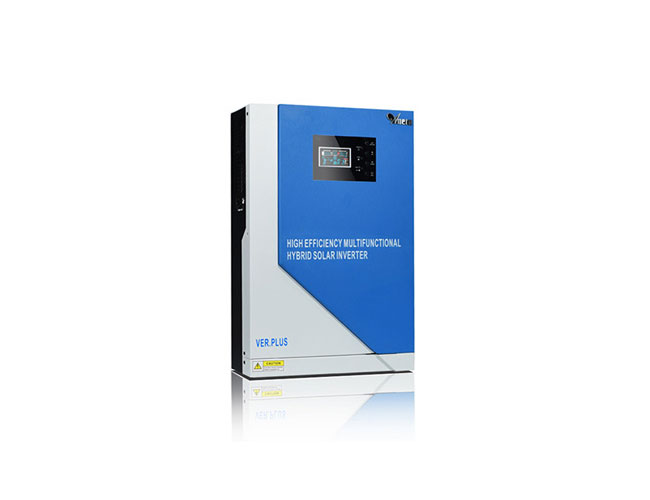 |
| Low Frequency Inverter 48V 24V | Solar Inverter with WIFI |
Yes, an inverter is essential for most solar power systems. Solar panels generate direct current (DC) electricity, but most homes and businesses use alternating current (AC) electricity. An inverter without battery is needed to convert the DC electricity produced by the solar panels into AC electricity that can be used by household appliances and fed into the electrical grid.
Here are some key reasons why an inverter is necessary:
Compatibility with Household Appliances: Most household appliances and electronic devices are designed to operate on AC electricity. Without an inverter, the DC electricity generated by the solar panels would not be usable for these devices.
Grid Connection: If your solar power storage system is connected to the electrical grid, the electricity you generate must be converted to AC to be compatible with the grid. This allows you to sell excess electricity back to the utility company or draw power from the grid when your solar panels are not producing enough electricity.
System Monitoring and Management: Modern inverters often come with built-in monitoring systems that allow you to track the performance of your solar power system without battery. They can provide data on energy production, system efficiency, and potential issues, helping you maintain and optimize your system.
Safety: Inverters include safety features that protect both the solar power system and the electrical grid. For example, they can automatically shut down the system in the event of a power outage to prevent backfeeding electricity into the grid, which could endanger utility workers.
While there are some off-grid systems that might use DC appliances and batteries directly, these are less common and typically require specialized equipment. For most residential and commercial solar power installations, an inverter is a crucial component, even in a solar panel system without battery storage.
Solar panels do not inherently need batteries to function, but batteries can be a valuable addition to a solar power system depending on your specific needs and goals. However, many people opt for a solar power system without battery storage for various reasons.
Energy Storage: Batteries allow you to store excess electricity generated by your solar panels for use when the panels are not producing electricity, such as at night or during cloudy days. This can help you become more energy-independent and reduce reliance on the electrical grid.
Backup Power: In areas prone to power outages, having a battery backup can provide a reliable source of electricity when the grid is down. This can be particularly important for critical systems like medical equipment, refrigeration, or heating and cooling systems.
Off-Grid Systems: If you are in a remote location without access to the electrical grid, batteries are essential for storing the electricity generated by your solar panels. Off-grid systems rely on batteries to provide a consistent power supply. However, an off grid solar inverter without battery can be used in specialized setups.
Time-of-Use Rates: In regions where utility companies charge different rates for electricity at different times of the day, batteries can help you save money. You can store electricity when rates are low and use it when rates are high, thereby reducing your overall electricity costs.
Grid Services: Some advanced battery systems can provide services to the electrical grid, such as frequency regulation or demand response. In some cases, utility companies may offer incentives for these services.
Grid-Tied Systems: If your solar power system without battery is connected to the electrical grid, you can use the grid as a "virtual battery". Excess electricity generated by your solar panels can be fed back into the grid, and you can draw electricity from the grid when your panels are not producing enough. This is often facilitated through net metering policies.
Cost Considerations: Batteries can be expensive, and the return on investment may not justify the cost for some users. If your primary goal is to reduce your electricity bill and you have a reliable grid connection, a battery might not be necessary.
Space and Maintenance: Batteries require physical space and periodic maintenance. If you have limited space or prefer a low-maintenance system, you might opt to go without batteries.
In summary, while solar panels do not need batteries to generate electricity, batteries can enhance the functionality and reliability of a solar power system in various ways. The decision to include batteries depends on your specific energy needs, financial considerations, and goals for energy independence and resilience. For those looking for a solar panel for home without battery storage, there are plenty of efficient and cost-effective options available.
Yes, it is possible to use a solar panel and inverter without a battery. In this configuration, the solar panel will convert sunlight into DC (direct current) electricity, which will then be converted into AC (alternating current) electricity by the inverter. The AC electricity can then be used to power devices or be fed into the electrical grid.
However, it's worth noting that without a battery, you won't be able to store excess electricity generated by the solar panel. This means that if there is no sunlight, or if the amount of electricity generated by the solar panel is not enough to power your devices, you won't be able to use the solar panel and inverter system to provide power. Additionally, if you are using the solar panel and inverter system to power devices directly, you may experience interruptions in power supply if the sunlight fluctuates.
To connect a solar panel to an inverter without a battery, you will need to follow the steps below:
Make sure that your solar panel's voltage and current rating match the input specifications of your inverter. Check the solar panel lights manufacturer's specifications for both devices.
Connect the positive terminal of the solar panel to the positive input terminal of the inverter.
Connect the negative terminal of the solar panel to the negative input terminal of the inverter.
Turn on the inverter and monitor the output voltage and current to ensure that the inverter is operating properly.
Please note that without a battery, the inverter will only work when there is sufficient sunlight falling on the solar panel.
Also, be aware that connecting a solar panel directly to an inverter without a battery may not be the most efficient way to use your solar energy, as the inverter may not be able to operate at its maximum efficiency without a stable power source.
Overall, it is recommended to use a battery with a solar panel and inverter setup to ensure that you have a stable and reliable power source.

Make your business profitable
Zero your Electricity bill
Leading the solar solutions industry